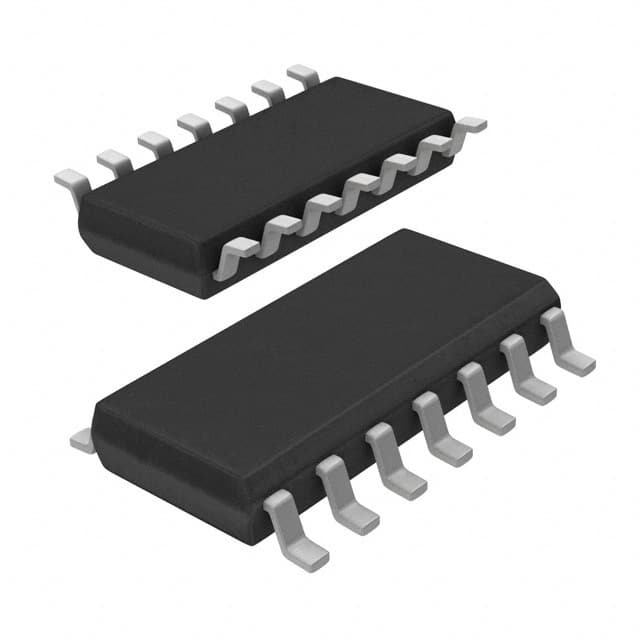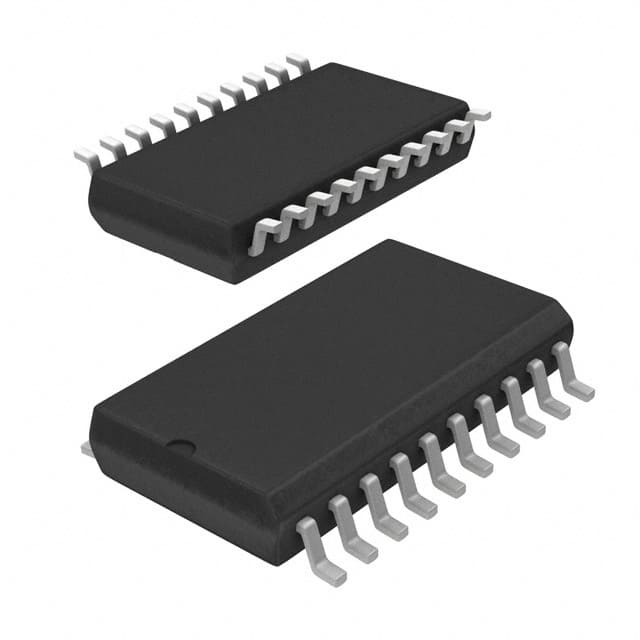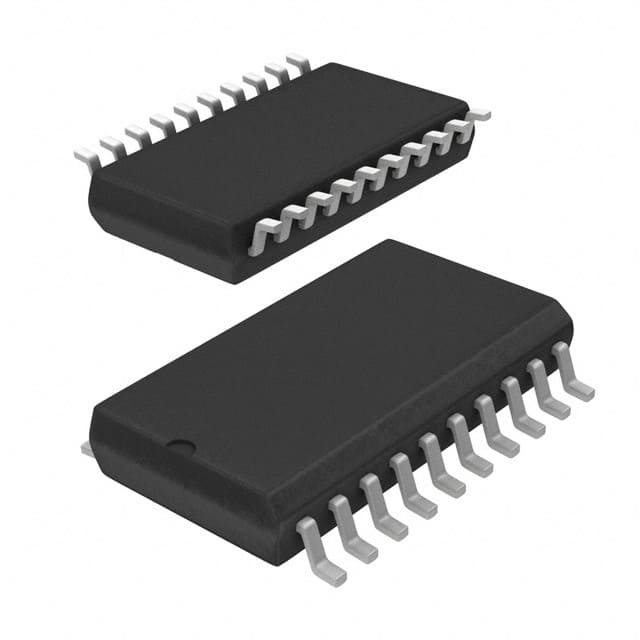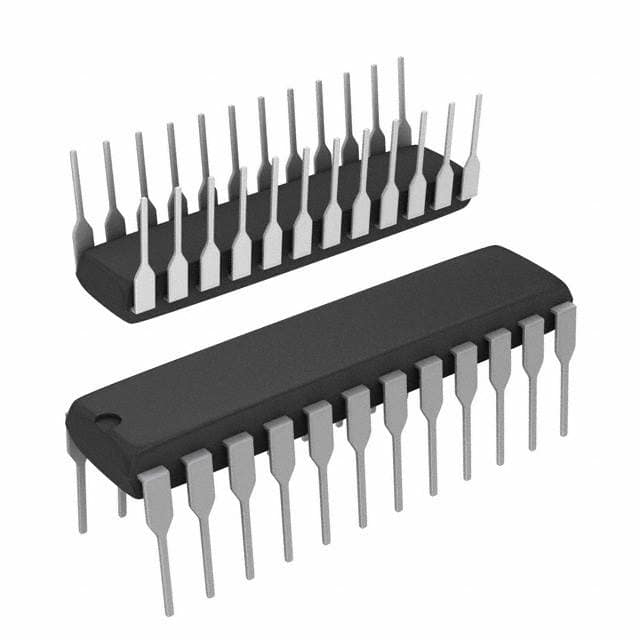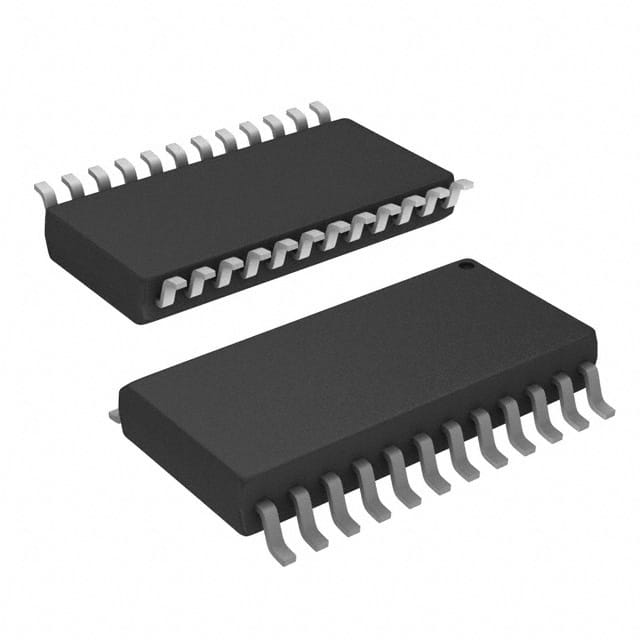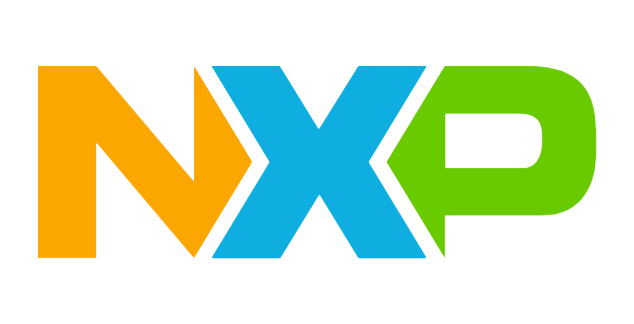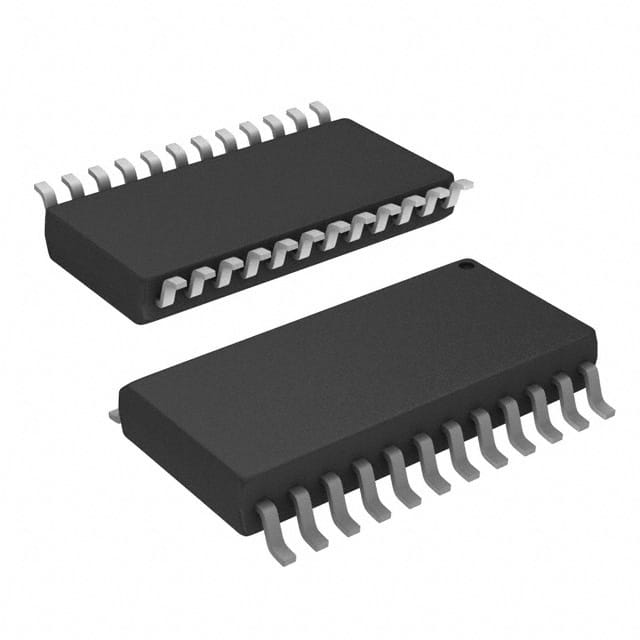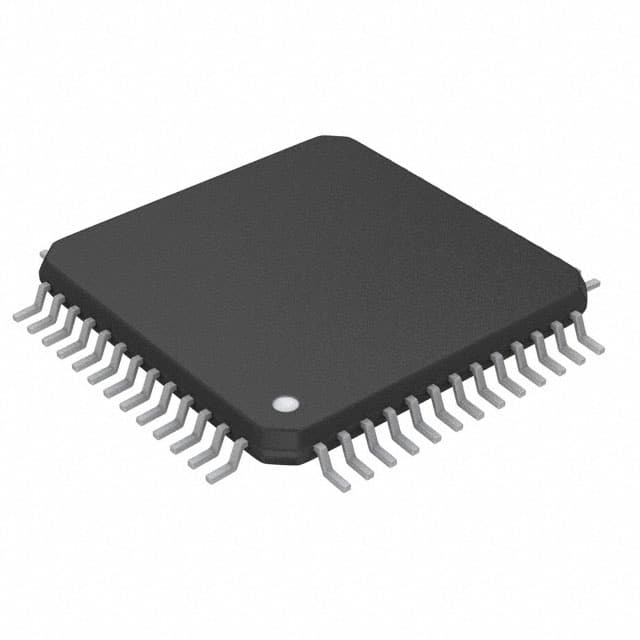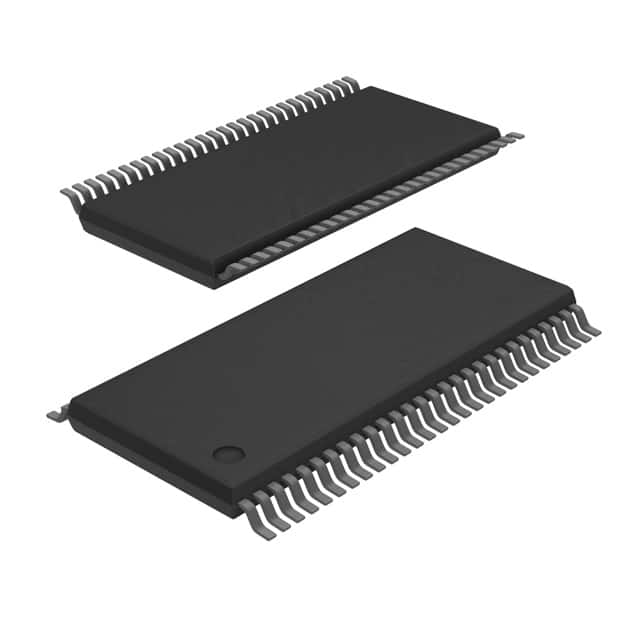N74F240DB,112 Product Introduction:
NXP USA Inc. Part Number N74F240DB,112(Logic - Buffers, Drivers, Receivers, Transceivers), developed and manufactured by NXP USA Inc., distributed globally by Jinftry. We distribute various electronic components from world-renowned brands and provide one-stop services, making us a trusted global electronic component distributor.
N74F240DB,112 is one of the part numbers distributed by Jinftry, and you can learn about its specifications/configurations, package/case, Datasheet, and other information here. Electronic components are affected by supply and demand, and prices fluctuate frequently. If you have a demand, please do not hesitate to send us an RFQ or email us immediately sales@jinftry.com Please inquire about the real-time unit price, Data Code, Lead time, payment terms, and any other information you would like to know. We will do our best to provide you with a quotation and reply as soon as possible.
Introducing the NXP USA Inc. N74F240DB,112, a versatile and high-performance octal buffer/line driver designed to meet the demands of various applications. With its advanced features and reliable performance, this product is set to revolutionize the electronics industry.
The N74F240DB,112 boasts eight non-inverting buffers with 3-state outputs, making it ideal for applications that require high-speed signal amplification and driving capabilities. Its wide operating voltage range of 2.0V to 6.0V ensures compatibility with a wide range of systems, making it a flexible choice for designers.
This product also features a high output current of 24mA, allowing it to drive heavy loads without compromising signal integrity. Its low power consumption and excellent noise immunity make it suitable for use in battery-powered devices and noise-sensitive environments.
The N74F240DB,112 finds its application in a variety of fields, including telecommunications, industrial automation, consumer electronics, and automotive systems. It can be used for signal buffering, line driving, and bus interfacing, enabling seamless communication between different components of a system.
With its exceptional performance, reliability, and versatility, the NXP USA Inc. N74F240DB,112 is the go-to choice for engineers and designers looking to enhance the functionality and efficiency of their electronic systems. Experience the power of innovation with this groundbreaking product from NXP USA Inc.
Buffers, Drivers, Receivers, Transceivers are the key logic devices responsible for signal transmission and processing in integrated circuits. These components are built by using transistors and other passive components such as resistors and capacitors. The buffer is mainly used to enhance or isolate the signal, reduce the attenuation and interference of the signal during transmission, and ensure the integrity and stability of the signal. The driver is responsible for amplifying the signal to a level sufficient to drive the external load, commonly seen in high-speed data transmission and power amplification scenarios. The receiver is responsible for receiving the signal from the external or internal circuit and converting it into a level or format that the system can recognize. The transceiver combines the functions of the driver and the receiver, which can send and receive signals, and is widely used in two-way communication interfaces.
Application
Buffers, Drivers, Receivers, Transceivers are widely used in various electronic devices and systems, especially in fields such as communication, computer, consumer electronics, industrial control, automotive electronics, and medical electronics. In the field of communication, they are the foundation for achieving high-speed data exchange and signal amplification, such as transceiver modules in Ethernet switches and routers. In computer systems, buffers and drives are commonly used for data transfer between memory, hard disk interfaces, and processors to improve data transfer efficiency. In the field of consumer electronics, they support the transmission and processing of high-definition video and audio signals, such as transceivers in HDMI interfaces. In addition, in the fields of industrial control and automotive electronics, these components are also used for sensor signal acquisition, actuator driving, and complex communication systems to ensure efficient and stable operation of the system.
FAQ about Logic - Buffers, Drivers, Receivers, Transceivers
-
1. What is a logic driver?
A logic driver is a driver that is used to implement operations such as reading, writing, and controlling logic devices. It is a computer science and technology term announced by the National Science and Technology Terminology Review Committee in 2018.
Logic drivers play an important role in computer systems. It determines the value of the output signal by the state of the input signal to realize specific logic functions. Logic drivers are widely used in computers, communication systems, digital electronic equipment and automation control.
-
2. What are the most common logic ICs?
The most common logic IC is CMOS logic IC. CMOS logic IC is widely used in various electronic systems due to its low power consumption and low cost.
CMOS logic IC (complementary metal oxide semiconductor logic integrated circuit) combines p-channel and n-channel MOSFETs to achieve lower power consumption than traditional TTL (transistor-transistor logic). Although CMOS logic IC was slow at first, with the advancement of wafer manufacturing process, CMOS logic IC now provides higher operating speed and relatively low cost due to its improved manufacturing process.
In addition to CMOS logic IC, other common logic ICs include TTL, BiCMOS, etc. TTL logic IC was originally widely used because it provides higher current driving capability and operating speed, but with higher power consumption. BiCMOS logic IC combines the low power consumption of CMOS and the high current driving capability of bipolar transistors, but the manufacturing process is complex and the cost is high.
-
3. What is the difference between a transmitter and a receiver?
1. Definition of transmitter and receiver
A transmitter is a device used to convert electrical signals into wireless signals and transmit them to a receiver, while a receiver is a device that receives wireless signals and converts them into electrical signals for output.
2. Differences between transmitters and receivers
A. Different functions
The main function of a transmitter is to convert electrical signals into wireless signals and transmit them to a distant place, while the main function of a receiver is to convert received wireless signals into electrical signals for output.
B. Different structures
A transmitter is usually composed of an oscillator, a power amplifier, and an antenna, while a receiver is usually composed of an antenna, a low-noise amplifier, an intermediate frequency amplifier, and a demodulator.
C. Different parameters
Both transmitters and receivers have specific parameter ranges, such as frequency, power, antenna gain, etc. The parameters of the transmitter are mainly related to the output signal, while the parameters of the receiver are mainly related to the quality of the received signal.
3. Application of transmitters and receivers in wireless communication
Transmitters and receivers play a very important role in wireless communication. Wireless communication usually transmits information through electromagnetic waves transmitted through the air. In this process, the transmitter is used to convert information into wireless signals and transmit them, while the receiver is used to receive wireless signals and return the information to the receiving end.
In short, both transmitters and receivers are indispensable devices in wireless communication. Although their functions and structures are different, they both play an important role in wireless communication.
 Lead free / RoHS Compliant
Lead free / RoHS Compliant













